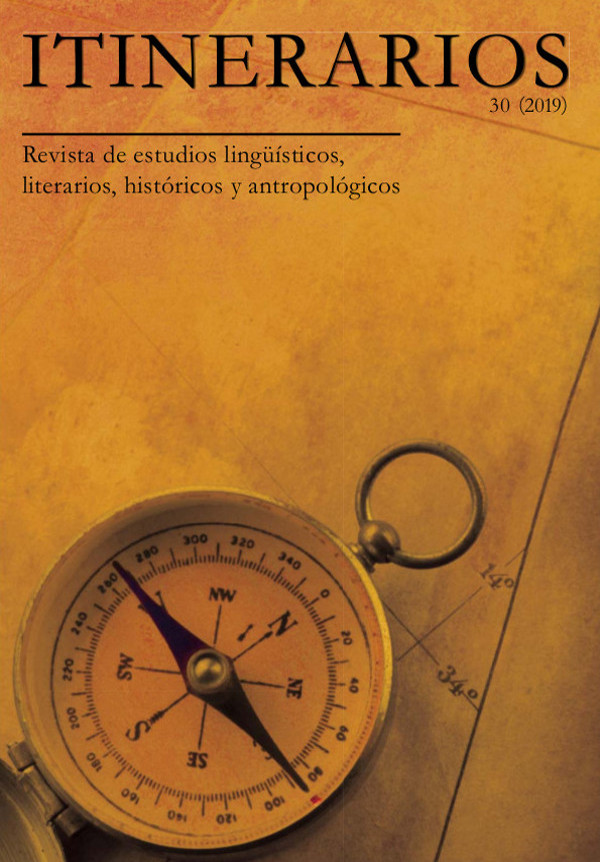Imaginerías del afeite en los textos médicos: del Lilio de medicina de Bernado de Gordonio (Sevilla, 1495) a la Verdadera medicina, cirugía y astrología de Juan de Barrios (México, 1607)
The Imaginaries of Beauty Tricks in the Medical Texts from the Early Modern Period: from the Lilio de medicina by Bernado de Gordonio (Seville, 1495) to the Verdadera medicina, cirugía y astrología by Juan de Barrios (Mexico, 1607)
Author(s): Marcos Cortés GuadarramaSubject(s): Local History / Microhistory, Social history, Culture and social structure
Published by: Instytut Studiów Iberyjskich i Iberoamerykańskich, Wydział Neofilologii, Uniwersytet Warszawski
Keywords: beauty tricks; medical texts; popular wisdoms; late Middle Ages; New Spain
Summary/Abstract: The paper studies the imaginaries of beauty tricks in the works of physicists and surgeons of the Hispanic world, created on either side of the Atlantic (fifteenth through seventeenth centuries). The Iberian testimonies from fifteenth century are Lilio de medicina by Bernado de Gordonio; Flos de medicines o receptes del Tresor de Beutat; Menor daño de la medicina by Alonso de Chirino; Compendio de la humana salud by Johannes de Ketham. The sixteenth and early seventeenth-century text fom New Spain are the following: Secretos de cirugía by Pedro Arias de Benavides (even though it was published in Valladolid, this medician stayed in the New World); Suma y recopilación de cirugía by Alonso López de Hinojosos; Tratado breve de medicina, by Fray Agustín Farfán; and, finally, Verdadera medicina, cirugía y astrología by de Juan de Barrios. From the selected clinical cases, and from the hermeneutic point of view, it is emphasized that the concepts of authority and oath are fundamental for the metatextuality created by the authors of these texts. It suggests that these two concepts have significative similarities and differences in what concerns the medical sources of the late Middle Ages and the Novohispanic period. Finally, it points out to the fact that the normative discourse and the rough style of the medical texts consolidated the aesthetic canon of the occidental beauty.
Journal: Itinerarios
- Issue Year: 2019
- Issue No: 30
- Page Range: 157-181
- Page Count: 25
- Language: Spanish

